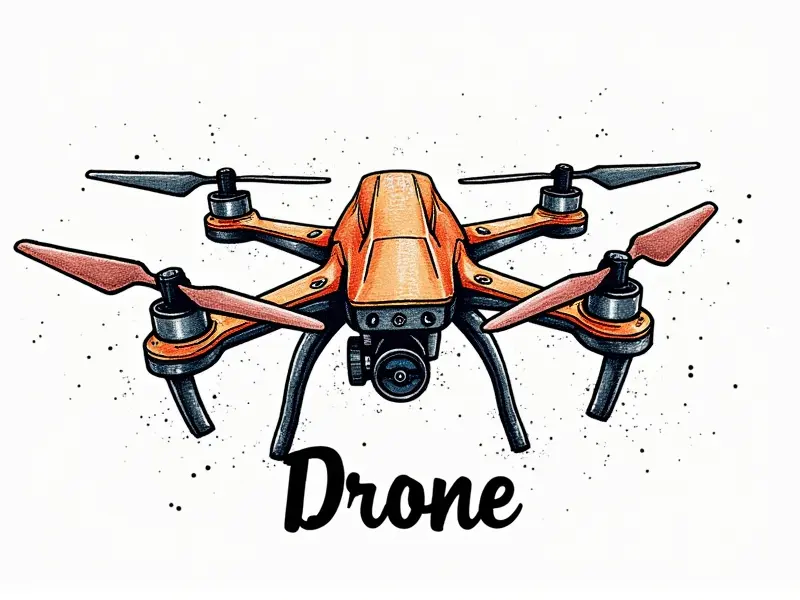How to fly RC airplanes?

Mastering RC Airplane Flight Basics
Flying remote control (RC) airplanes is an exhilarating hobby that combines skill, patience, and a passion for aviation. Whether you're a novice or looking to refine your skills, understanding the basics of RC airplane flight is crucial. This article will guide you through essential concepts, techniques, and best practices to help you navigate this exciting world.
Beginner's Guide to Flying RC Planes
Before diving into the cockpit (or rather, the transmitter), it’s important to familiarize yourself with some fundamental aspects of RC aviation. This section will cover key terminology, safety guidelines, and initial setup instructions that are essential for beginners.
Essential Skills for RC Plane Pilots
Becoming a proficient RC pilot requires more than just turning the transmitter on and off. Here are some crucial skills every aspiring RC flyer should develop:
- Hand-Eye Coordination: The ability to interpret visual cues from your airplane while manipulating controls.
- Quick Reflexes: Reacting swiftly to sudden changes in flight conditions or unexpected situations.
- Airplane Knowledge: Understanding the mechanics and aerodynamics of RC planes is vital for safe and effective flying.
RC Airplane Controls Explained Simply
The transmitter controls are your primary interface with the airplane. Each control has a specific function, which can be confusing at first glance:
- Ailerons (Roll): These control the rotation of the plane around its longitudinal axis.
- Elevators (Pitch): The elevators change the pitch angle to climb or descend.
- Rudder (Yaw): This controls the yaw motion, allowing the plane to turn left or right.
- Throttle: Adjusting throttle changes the speed of the propeller and thus affects altitude and forward movement.
Step-by-Step RC Airplane Flying Tutorial
Mastery comes from practice, but it's helpful to have a structured approach. Follow these steps for your first flights:
- Pre-flight Checklist: Ensure all components are functioning correctly and safety measures are in place.
- Taking Off: Gradually increase throttle while maintaining pitch control to achieve a smooth ascent.
- Flying Level: Once aloft, practice flying straight and level by adjusting the controls as needed.
- Landing: Reduce throttle gradually and use rudder and elevators for precision landings.
Best Practices for First-Time RC Flyers
To enhance your initial experiences, consider these tips:
- Choose the Right Airplane: Start with a simple trainer model designed for beginners.
- Select an Appropriate Location: Find a spacious field free of obstacles and with minimal wind.
- Practice Ground Control: Familiarize yourself with your transmitter on the ground before taking off.
Learn RC Airplane Flight Techniques Quickly
Rapid learning is key to enjoying RC flying. Here are some techniques that can accelerate your progress:
- Slow and Steady: Begin with slow, controlled maneuvers before attempting more complex ones.
- Video Review: Record your flights for later analysis and identify areas needing improvement.
- Join a Community: Engage with experienced pilots who can offer guidance and tips.
How to Navigate with RC Airplanes
Navigating an RC plane involves more than just moving it around in the sky. Here’s how you do it effectively:
- Lateral Maneuvers: Use ailerons and rudder for precise left or right turns.
- Climbing and Descending: Adjust pitch with elevators to climb or descend smoothly.
- Crosswind Flying: Learn techniques to counteract wind effects on your plane’s trajectory.
Perfecting Your RC Airplane Flight Skills
Becoming a skilled RC pilot involves continuous improvement. Here are some strategies for honing your skills:
- Safety First: Always prioritize safety to prevent accidents and damages.
- Practice Regularly: Frequent practice is essential in developing muscle memory and reflexes.
- Experiment with Different Models: Try various types of RC planes to expand your skills.
Flying RC Planes Like a Pro
Achieving pro-level proficiency requires dedication, skill, and experience. Here are some advanced techniques for expert pilots:
- Serious Aerobatics: Master loops, rolls, and inverted flight to showcase your skills.
- Competitive Flying: Participate in RC flying competitions to challenge yourself and others.
- Innovative Designs: Experiment with custom-built planes for unique performance characteristics.
Quick Start Guide to RC Airplane Flight
If you’re eager to get started, here’s a concise guide to help you begin your RC flying journey:
- Select Your Equipment: Choose an appropriate model and transmitter.
- Learn the Basics: Understand controls, terminology, and safety rules.
- Pick a Location: Find a suitable flying site with ample space.
- Practice Ground Control: Familiarize yourself with your transmitter on the ground.
- Fly Safely: Always prioritize safety and follow guidelines for responsible flying.
Conclusion
Mastery of RC airplane flight is a journey filled with excitement, learning, and personal growth. By understanding the basics, practicing diligently, and continuously improving your skills, you can enjoy this hobby to its fullest potential. Whether you're just starting out or looking to refine your expertise, the skies are waiting for you.

